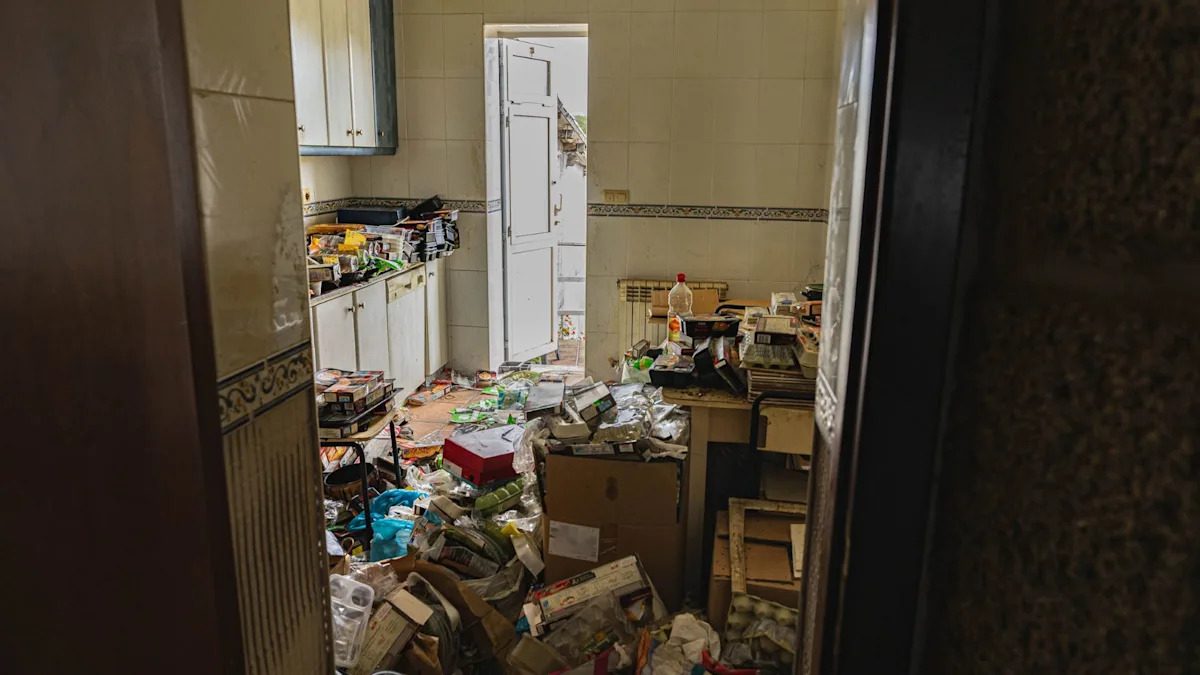In a new report and monitoring initiative, a team of experts from around the world has voiced concerns in The Lancet over the rise of plastic pollution and its potential to impact human health, pointing to cradle-to-grave implications, economic losses, and the need for regulations to address the crisis.
What’s happening?
Plastic pollution takes many forms — from large pieces of litter to imperceptible microplastics to disintegrated chemicals — and the amount of it is only rising.
Consumption patterns driving plastic demand have multiplied production by a factor of over 200 since 1950, according to CBS News coverage of a new report and monitoring initiative looking at the health implications of plastic pollution.
Published in The Lancet medical journal, the report’s co-authors called the plastic crisis a “grave, growing and under-recognized danger,” anticipating that, at the current rate, production will triple over the next 35 years.
“It is incumbent on us to act in response [to the plastic crisis],” lead author Philip Landrigan said in a statement.
Unfortunately, both the production and the disposal of plastic can bring health and environmental hazards.
Plastic is made from fossil fuels extracted from the earth in an abrasive process that can damage underground ecosystems and contaminate groundwater. The materials are then processed and refined, releasing large amounts of heat-trapping gas along the way.
On the disposal end, less than 10% of plastic is properly recycled, per CBS, which means the majority of our plastic waste winds up in already overflowing landfills and in fragile habitats. Over time, plastic litter may leach chemicals into soil systems, water sources, and food supplies.
Why is plastic pollution concerning?
The new report references evidence to suggest that human health can be negatively affected by plastic pollution throughout the life course, from infancy onward, and with risks higher in young children. Potential health concerns include reproductive issues, cognitive dysfunction, cardiovascular problems, stroke, and cancer — and may total over a trillion dollars annually in economic losses.
In terms of its environmental tolls, the production of plastics generated close to 2 billion tons of heat-trapping gases in 2019 alone, according to the United Nations. Just a few years later, the UN would take up the mission of convening global talks to reach an international treaty addressing the plastics crisis.
In conjunction with its new report, The Lancet’s Countdown on Health and Plastics was launched as an independent monitoring effort just ahead of the latest round of UN-hosted negotiations this August. Indeed, Countdown co-authors noted the “expected finalisation of this treaty.”
Unfortunately, by the end of this month’s meeting, the talks had failed to reach an agreement, with oil-producing parties refusing to move forward with plastic production caps, preferring to lean on recycling and waste management strategies instead.
Meanwhile, rising global temperatures and plastic pollution are “causing disease, death and disability today in tens of thousands of people,” Landrigan said, per CBS. “and these harms will become more severe in the years ahead as the planet continues to warm and plastic production continues to increase.’
What’s being done about plastic pollution?
While researchers work to develop new and more flexible recycling technologies as well as plastic-sensing methods for detecting pollution, widespread anti-plastic initiatives and community cleanup efforts can help individuals tackle the issue as a collective.
Households can take steps to reduce use and pollution by making simple plastic-free swaps at home. But that’s not all that can change at the local level.
Residents can champion evidence-based best practices and regulations to address the plastic crisis in their own towns, cities, and states — even while the world waits on an overdue international treaty and The Lancet’s Countdown team monitors plastic’s health implications around the globe.
Join our free newsletter for weekly updates on the latest innovations improving our lives and shaping our future, and don’t miss this cool list of easy ways to help yourself while helping the planet.
